

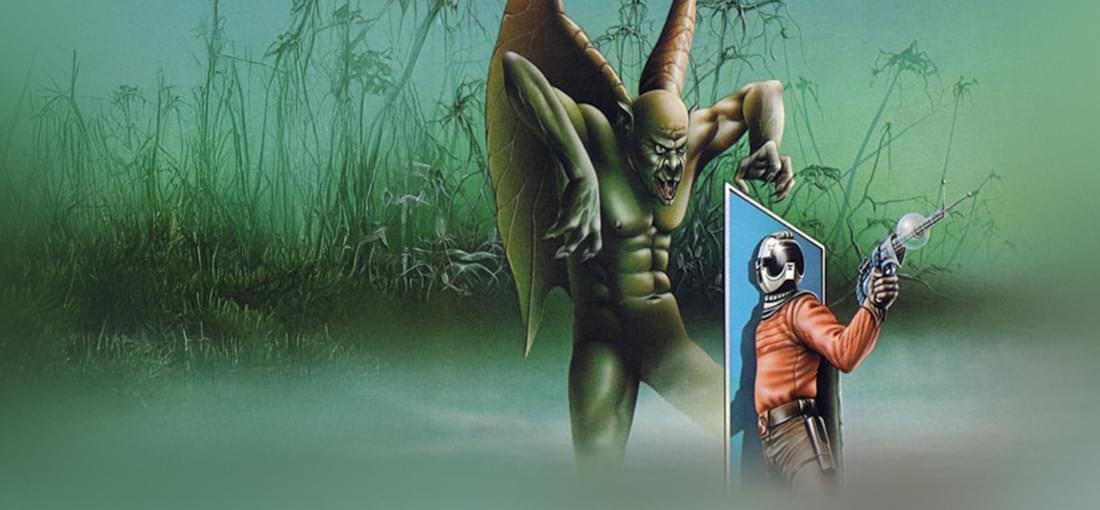
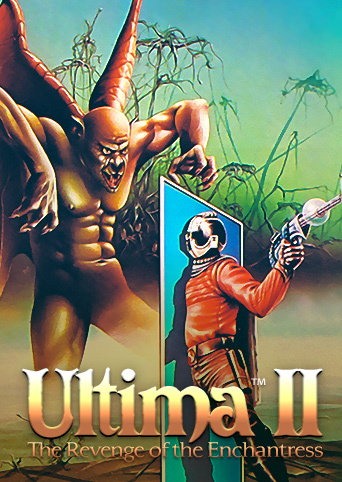
I always meant to play through this game eventually, but it had me wondering WTF so many times. Here's my complete review in the Ultima forum at GOG. www.gog.com/forum/ultima_series/finally_decided_to_move_on_to_ultima_iigot_me_wondering_what_the_hell_lord_garriott_was_thinki
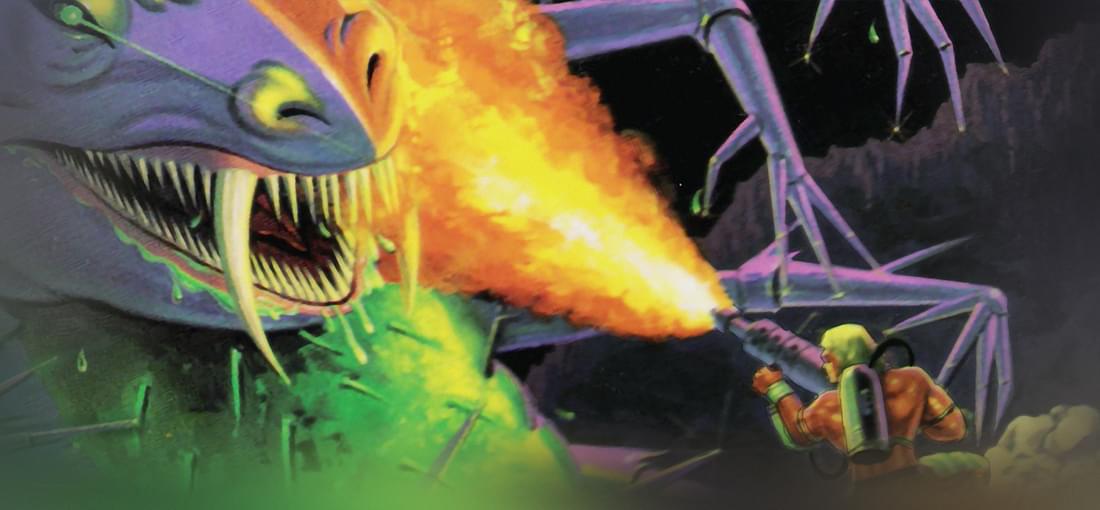
Once you know the whole game you can complete it in about fifteen minutes, but getting to know the game well enough to beat it could take months of regular play. It's typical of '80s home computer game concepts, just one stage albeit big and difficult, but if you give them a chance, some such games are really fun and satisfying even today. I enjoyed playing DOS Trantor through to the end and will probably play it again. I wrote a big summary of my Trantor experience, including the various other ports, on the Moby Games forum (I think the Spectrum and Amstrad games were the first releases). www.mobygames.com/forum/game/14668/thread/270685/from-the-old-80s-home-computer-school-of-games-with-just-one-big/
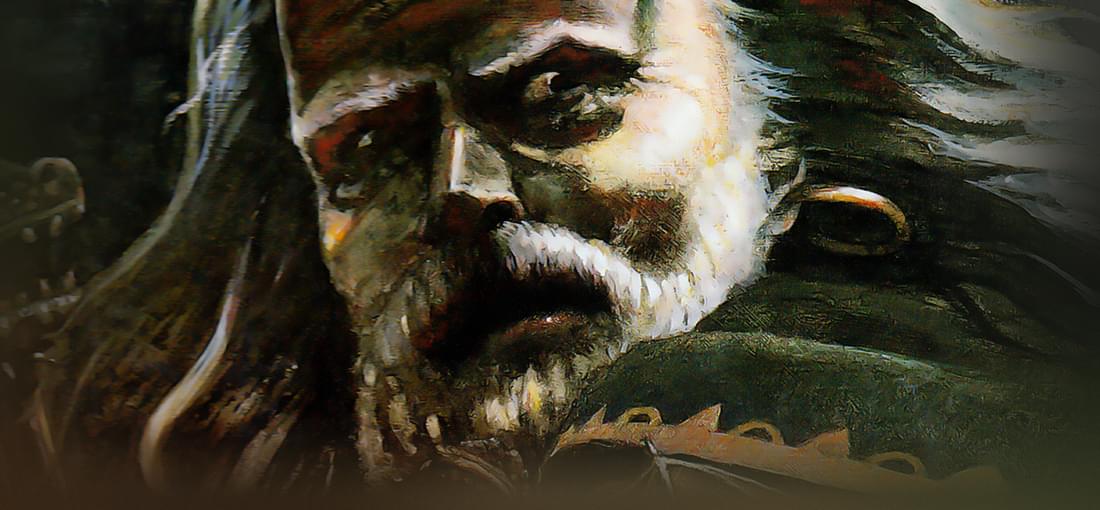
I rented this game as a Mega Drive cartridge back in the '90s and enjoyed it a lot, though I wonder how I was able to complete it, having to repeat so many puzzles and obstacles so often. I admit that this time around I gave up trying to levitate to the end of the "Hall of Webs" without getting swarmed by spiders. Just too hard to keep control of your floating body and get to the end fast enough. I got a password for the next level from someone's Youtube playthrough(was the Mega Drive version, but the password still worked!). From there I was able to complete the game again without too much frustration. So the game follows the formula of working your way down dungeon levels and each floor has much the same background, but I think the game has a very good story, progressing nicely. I particularly liked going from fighting the goblins to forming an alliance with them. Often goblins and orcs are ugly, evil creatures in fantasy fiction. This was something a bit different. It's interesting too, playing the role of an old wizard with a walking rod in one hand, sword in the other. There are some bloody death scenes, particularly in the final battle with the dragon, but this DOS version doesn't have the Mortal Kombat style fatality scenes at the end of each duel was exclusive to the Mega Drive version I believe. The last point is Rob Hubbard's excellent music. The Mega Drive music was very good, but I'd not yet heard the Roland MT-32 version(default music is the inferior Adlib version, but the Roland emulator MUNT allows you to hear the music in its best form). I'll note that the first three ports of this game, Apple IIGS, Amiga and Atari ST had different music, by Douglas Fulton. I believe the NES version was the first to have Rob's music. I'd like have had the choice of playing one of the first three versions too so I could hear the other music and also experience the differences in gameplay i.e the duels have a different perspective.
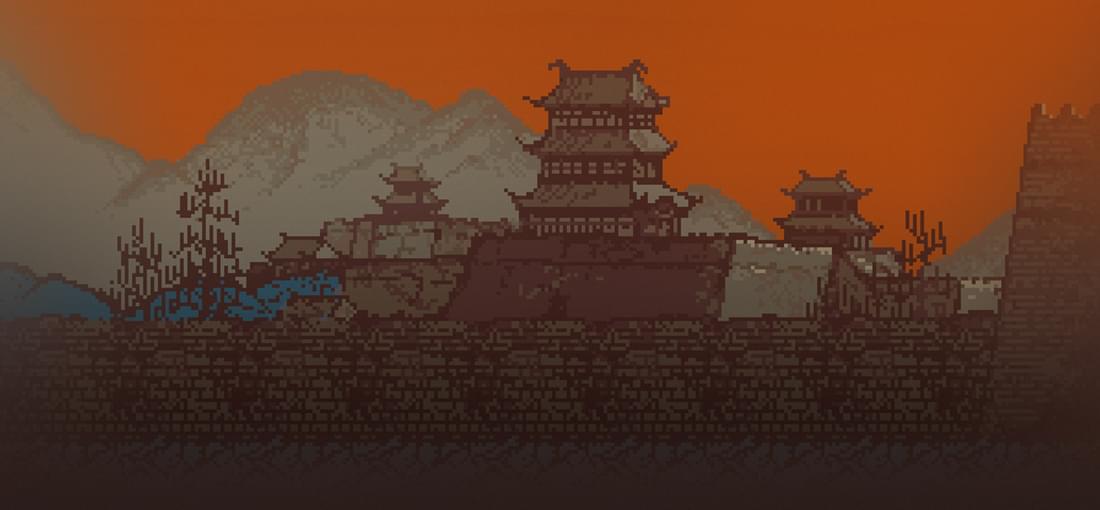
I played this on Master System back in '92 and I guess I was charmed by the cute, Chinese folk-lore, because even on Master System it was utterly merciless and it seems more so in this re-release, supposedly matching the difficulty of the original arcade release. So I bought it, played for about half and hour and thought "Screw it, this ain't cute anymore". So if you make it through to the stage 1 boss, the Phoenix, he covers the screen with missiles that actually rebound from the left edge of the screen and hit you in the arse. Then you're sent back the middle of the stage(at best). You're stripped back down to minimum firepower and speed, though you're of course able to regain some of that on the way back to the Phoenix, but it's a drudge having to do that every time the Phoenix kills you. After a while I start to feel like an idiot for going to my death again and again and wonder how stupid I must've been as a 12 year old to get killed about a million times before getting to the end.
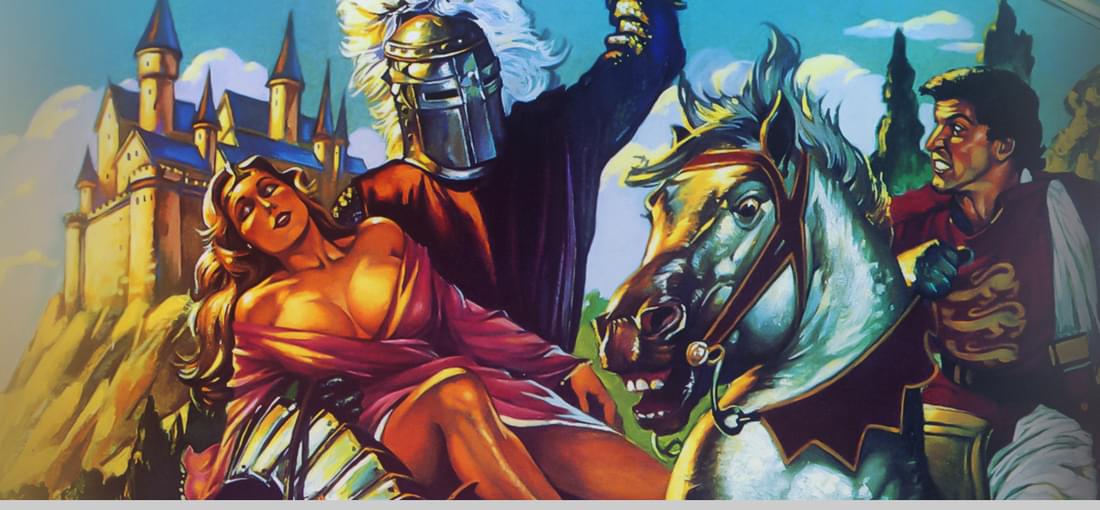
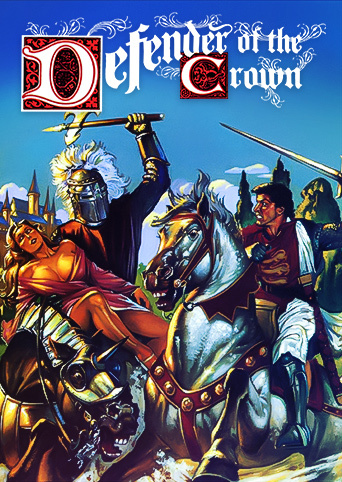
The game won me over when I first played it in the 1990s. Though I often passed on strategy and leadership games, favoring real-time arcade, Defender of the Crown had a romanticism about it, the game of course involving Robin Hood and Ivanhoe along with other Walter Scott book characters. I think the game has particular meaning to the British or those with British roots as one of the things that made me stick with the game was the familiar places names, the British counties and the realization that they've had those names for quite a long time. As romantic as the game seems, it's set in barbaric times and though the game presents the Saxons, the side you're on, as the good guys and the Normans as the bad, they behave in much the same way, conquering lands and raiding and besieging castles. So while defeating all the Norman lords is sometimes all that's required to complete the game, I think that if a Saxon lord attacks you or if you attack him, then he becomes your enemy and you must also defeat him to win. There is a "female element" to the game also. Actually the female involvement in the game is probably more tasteful than the box art suggests and after rescuing a lady, her image will appear up next to yours suggesting a partnership. Though I'm not sure if the game allows the rescuing of all four damsels so as to present them next to you as further "conquests". So on Amiga (the first release), it has better graphics and sound than PC, but once you play on PC, you'll see that the Amiga appears to have been released before completion and much has been added to the gameplay for PC. So a problem with the Amiga gameplay is that for your turn to end and for the game to continue, you have to either seek to conquer land, raid a castle or pay for a tournament. So there is little alternative to being a killer or a thief. The other Saxon lords treat your entering their land as an attack. They don't offer you safe passage through. That's something that was added for PC.
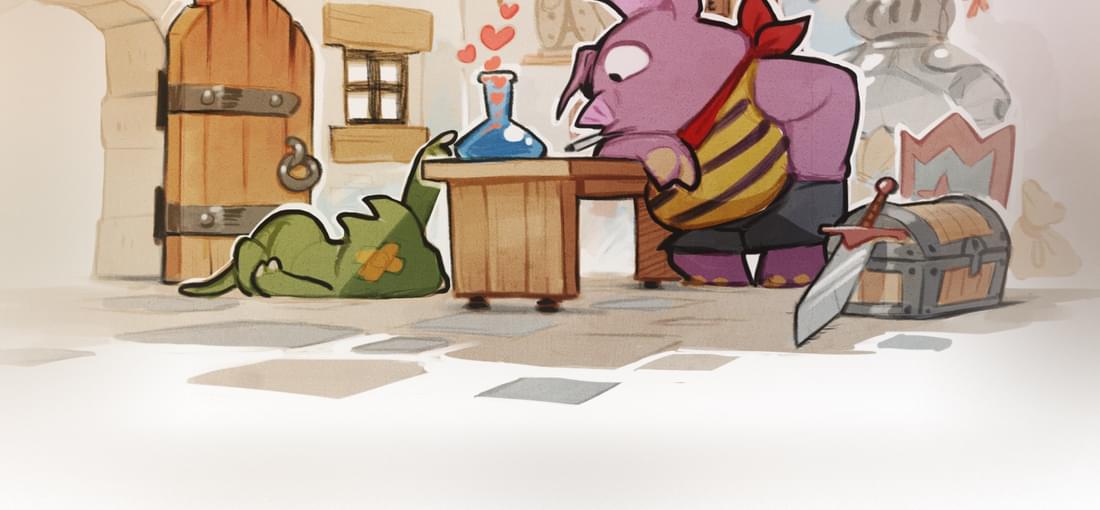
Well I love that you can switch between original and remake at any point in play, both graphics and music. So I love the original game, visually and sonically. I think the new, hard-drawn, 2D graphics are great. I still prefer 2D cartoon animation and I guess the graphics match that of the TV and film cartoons of 1989, when the game was first released, so you could say, they are the graphics that the game might have had, if resources had allowed it. The music is a different story. I've heard some excellent remakes of '80s game music e.g Double Dragon and Double Dragon II, recently re-released with the music rearranged to sound as the music might have sounded in the '80s, had it been done with real drums, guitar, saxophone etc., sounding new wave and heavy metal. I don't think Wonder Boy's music has been re-arranged like that and I don't think it suits the game. Basically the new music doesn't rock. It now sounds like classical, jazz and folk. A lot of chiptune music in the '80s and '90s had elements of synth-pop, heavy metal, jazz and classical. I wish the rearranged music was more electronic i.e electric guitar and synthesizer. But at least we can combine the new graphics with the original music if we wish(we can also choose been the standard PSG and FM synthesizer versions). I don't much like the new hidden stages, the main purpose of which is to acquire a new sword, even more powerful than the Legendary Sword. They're very difficult and a bit boring and unnecessary.
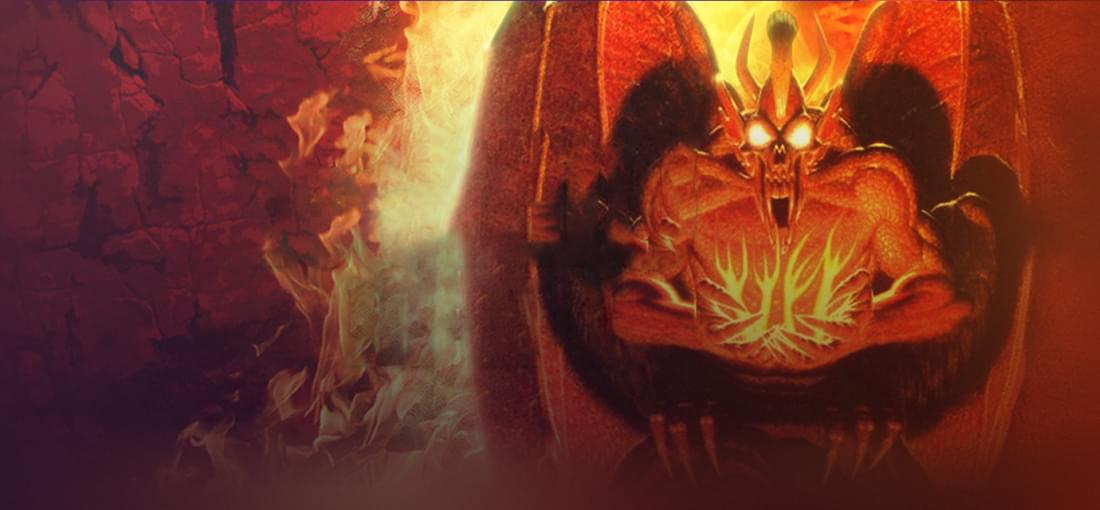
So of all the RPGs I've played, I think about 5 are any good....though most of those 5 I think are excellent (e.g Phantasy Star IV, Shining Force, Landstalker). I care enough to explore the roots of those early '90s, Sega Genesis/Mega Drive games, though even Phantasy Stars I-III are a real chore to play. Ultima no doubt was a major source for the Japanese RPGs of the late '80s like Phantasy Star and Final Fantasy. I don't really have a problem with the looks of the first Ultima games. Ok, so Akalabeth was a bit too crude, but Ultima I think meets the minimum standards. The overworld has some rough scenery and a few colours and by Ultima II there's scrolling exploration of towns and castles, which is the kind of thing I'm used to in RPGs. The games lack story. In Ultimas II & III you can talk to guards, jesters, kings and other adventurers in towns and castles, but they say very little. Of course this changed in Ultima IV in 1985, which had a lot more dialogue, something that became common in RPGs. I might bother to play through them, except that it's so damn easy to die. It gets really hard to justify putting the effort in, especially today.